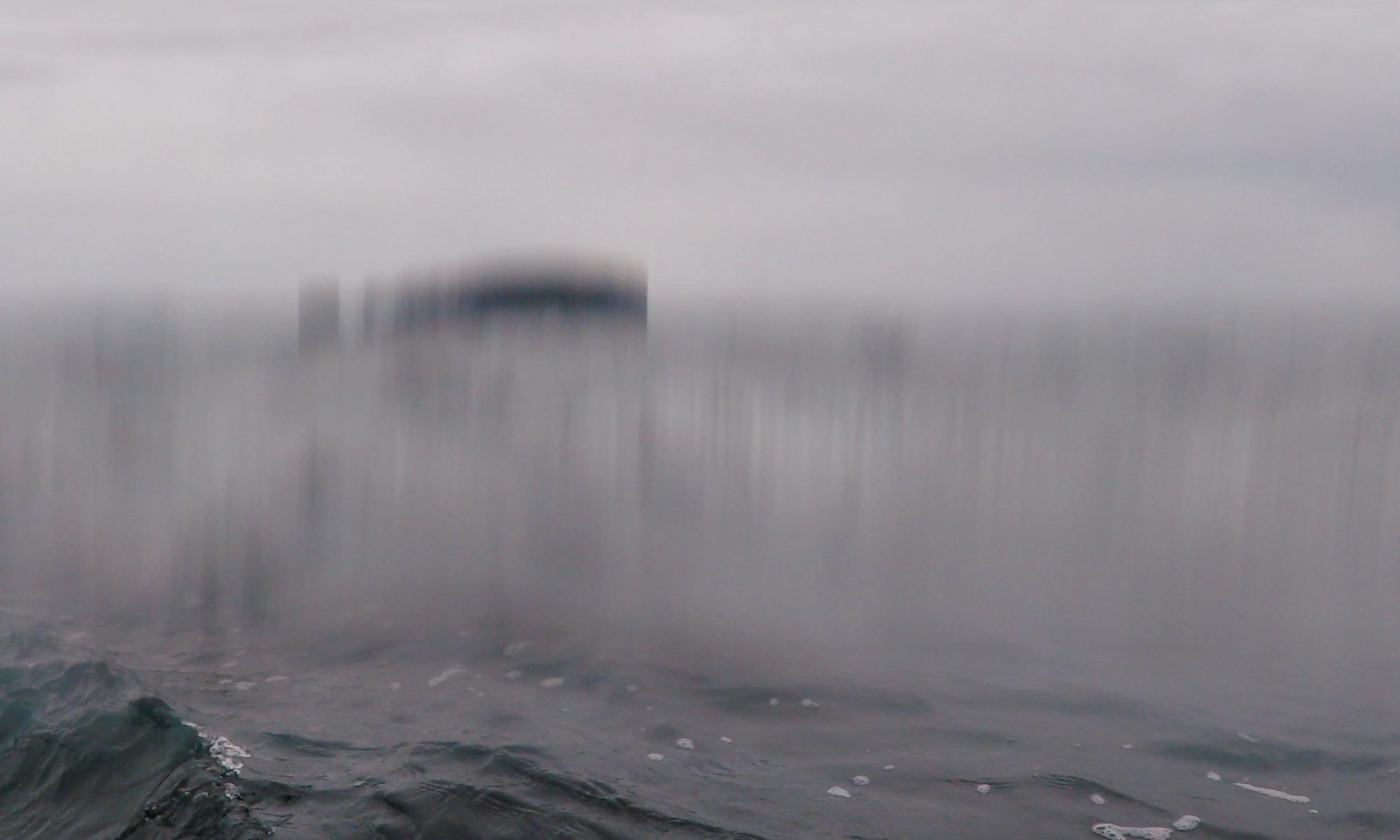Ling received: fishermen of the far haaf – a sound walk around Stenness
This sound walk invites you to explore Stenness beach as it once was – an important fishing station until the late 19th century. A unique, yet elusive, part of Shetland’s heritage. The soundscape encourages you to re-imagine the beach as a hive of activity, where communities of fishermen and traders made temporary homes over the summer months.
Placed in the landscape are audio fragments of sounds and voices. The readings are taken from observations of early travellers visiting Stenness, and archival documents directly relating to the deep sea, or ‘haaf’ fishing: agreements binding men to the summer fishing, indebtedness, accounts of storms and loss of life, and even what the fishermen bought for their tea – so you will encounter many different voices.
The map of the beach indicates the area containing twenty sound clouds – it’s up to you to discover them. Take your time; slow down, and absorb the place and sounds as you meander around the beach. Your entrance into a sound pool will be heralded by changes in the background sound – you might hear the crash of a wave, a bell ringing, a seabird calling, or even a ludder horn. Sound will get louder and change as you walk in and out of the sound pools.
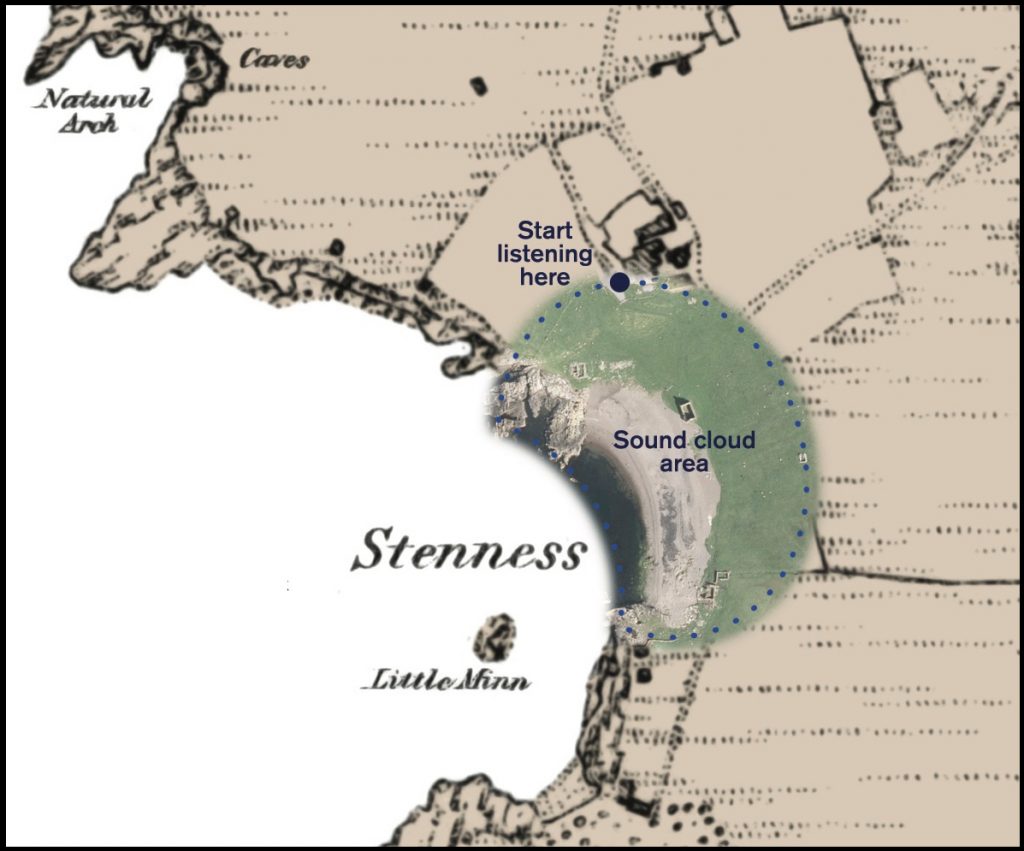
To access Stenness sound walk is an easy 3-stage process: You need a mobile phone and headphones or earbuds. The app holds all you need and once downloaded you do not need a network or phone signal; the GPS signal on your phone will trigger the sounds.
Make sure you download and scan this before you go to Stenness . It’s best to download the app from a fast wifi connection as the signal at Stenness is very weak.
How to download the app:
Stage 1: Using your mobile phone search & download ‘SatsymphQR‘ from the Appstore or GooglePlay (this is a free app).
Stage 2: Once you have downloaded this app, open it and point your phone camera at the QR using the SCAN BUTTON in the app to scan the QR code. Allow it to download. This downloads the soundscape to ‘Library’. You should now have everything you need to use the sound walk.
NOTE: you MUST use the SCAN button in the app, not any other means of scanning!
NB If you have an old Android phone you might have problems accessing the app.

Stage 3: How to navigate: Go to Stenness beach, Northmavine (Map: Landranger Sheet 3 Shetland – North Mainland, or use Google maps). Put on your headphones, and using your phone open Satsymph QR app, tap on ‘stenness’ in ‘Library’; it will start immediately. Put your phone in your pocket and wander. The audioscape will roll out all around you. You will have to explore and find the sounds! They are all around you – clues: just below the carpark, on the beach, on the grass above the booth (roofless building on the beach, on rocks at the far side of the beach, and even around the ruined buildings that were once the fishermen’s summer homes. Walk in and out of them. Being GPS these sounds do move about depending on the position of the satellites.
NOTES: (1) the poemscape is best experienced with headphones or earbuds, but you can just hold your phone and listen. (2) please take care when immersed in the poemscape: you are on a stony uneven-surfaced beach close to the water’s edge and the weather is always changeable! Watch out for the tides.
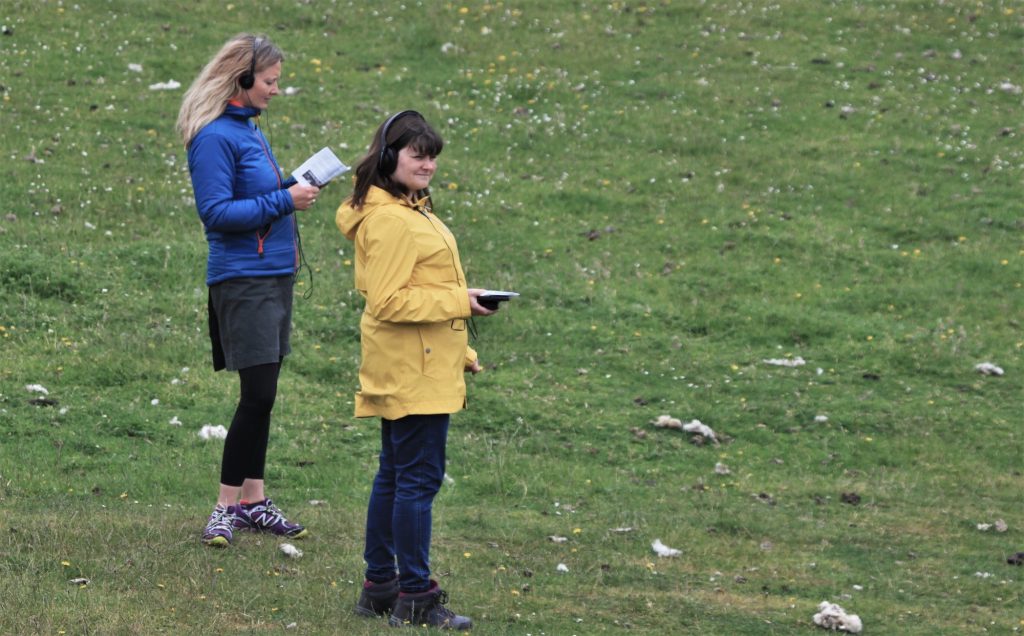
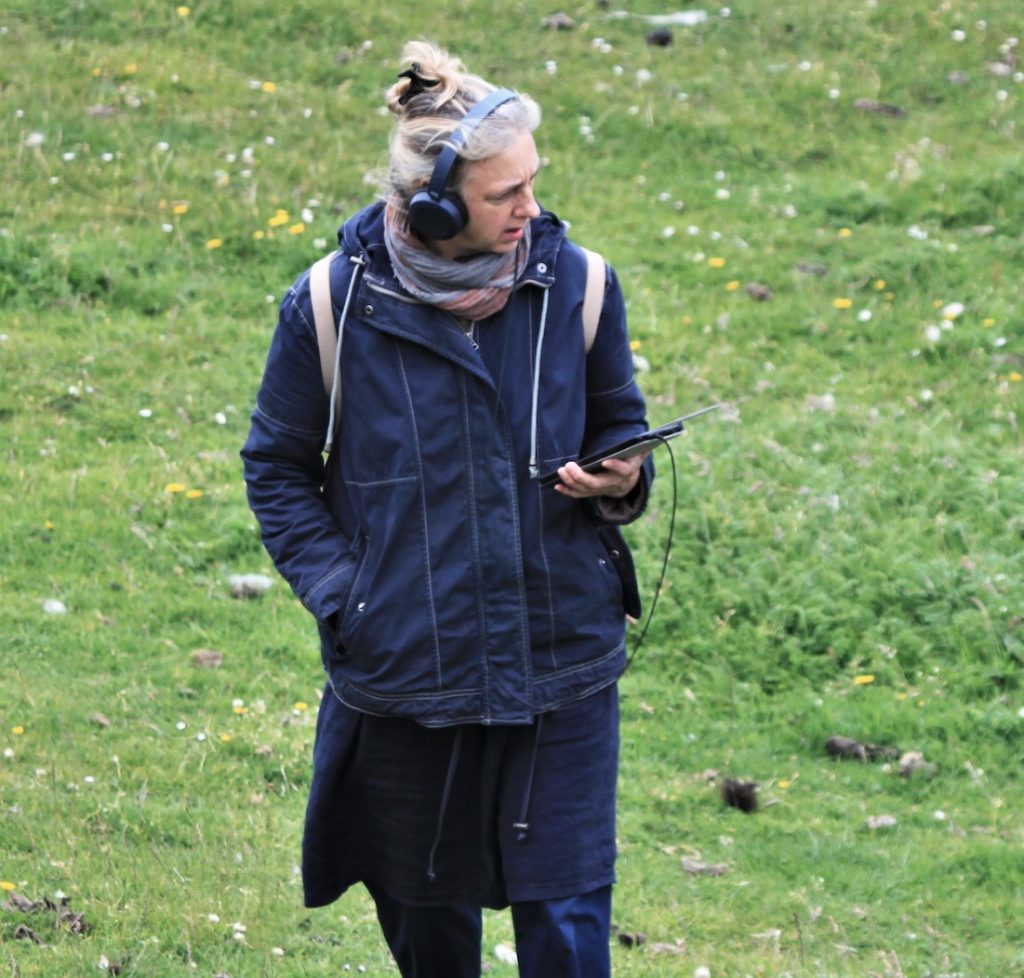
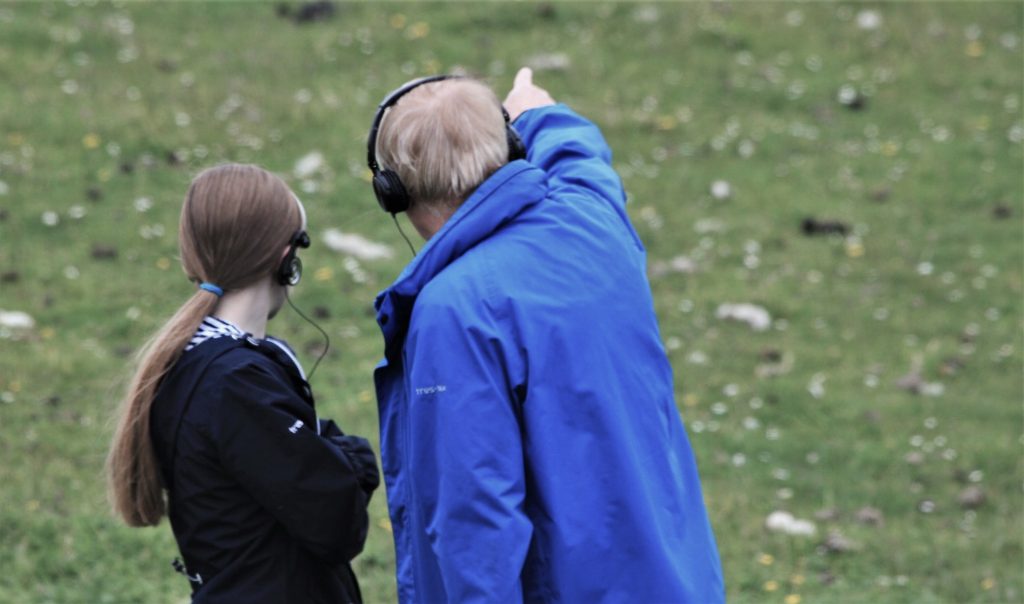
Stenness sound-walk has been made collaboratively by artists Janette Kerr, Jo Millett, with the help of artist Rob Gawthrop, in partnership with Ralph Hoyte and Phill Phelps of Satsymph LLP. The soundscape merges recordings of sounds and spoken word, placed on the beach using Satsymphs locative technology.
Satsymph (Marc Yeats, Ralph Hoyte, Phill Phelps) are a Somerset-based artists’ collective specializing in creating interactive audio experiences located in place. satsymph.co.uk

Voices: Margaret Anderson, Ewan Balfour, Gilbert Fraser, Dave Hammond, John N Hunter, Barbara Ridland, Peter Rutherford, John Shaw, Brian Smith, Jim Tait, Valerie Watt. Fiddle-player: Catriona Macdonald – Shingly Beach, a tune written by her tutor Tom Anderson to capture the atmosphere of Stenness Beach.
Reading taken from: Dr Edward Charlton’s journals, 1832 and 1852; Guide to Shetland by Robert Cowie MA MD, 1879 3rd edition; An account of The New Method of Fishing on the coast of Shetland, by James Fea, surgeon, 1775; A Description of the Shetland Islands by Samuel Hibbert MD FRSE, 1822; Ployen’s Reminscences of a voyage to Shetland, Orkney and Scotland by Christain Ployen, 1839; Art Rambles in Shetland by J T Reid, 1869. Archival documents from Shetland Museum Archives, Tangwick Haa Museum.
Archival photographs reproduced with kind permission of Shetland Museum & Archives
For those who are unable to visit Shetland or do not have a mobile phone, there is a shorter linear MP3 version to download here.
